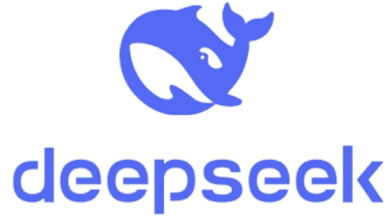How Digital Asset Management Can Streamline Your Workflow

Introduction
Digital Asset Management (DAM) is a system that allows organizations to store, organize, and retrieve digital files in an efficient manner. From images and videos to documents and presentations, DAM streamlines the workflow by providing a centralized location for all digital assets. In this blog post, we will explore how DAM can benefit your organization and help improve productivity.
Benefits of Digital Asset Management
Centralized Storage
One of the key benefits of DAM is centralized storage. Instead of searching through multiple folders or servers to find a specific file, all digital assets are stored in one location. This not only saves time but also ensures that everyone in the organization has access to the most up-to-date version of a file.
Improved Collaboration
DAM enhances collaboration by allowing team members to work on the same file simultaneously. With features like version control and commenting, users can easily track changes and provide feedback on assets. This fosters better communication and streamlines the review process.
Efficient Metadata Management
Metadata plays a crucial role in organizing digital assets. DAM systems allow users to add descriptive information to files, making it easier to search for specific assets. By tagging files with keywords, categories, and other relevant data, users can quickly locate the files they need.
Automated Workflows
DAM systems offer automated workflows that streamline processes such as file approval, distribution, and archiving. By setting up predefined workflows, organizations can ensure that assets are routed to the right people at the right time, reducing manual intervention and speeding up the overall process.
Brand Consistency
With DAM, organizations can maintain brand consistency across all marketing materials. By storing logos, fonts, colors, and other brand assets in a centralized location, users can easily access and use approved brand elements in their projects. This ensures that all marketing collateral adheres to the brand guidelines.
Implementing Digital Asset Management
Assess Your Needs
Before implementing a DAM system, it is important to assess your organization’s needs and goals. Consider factors such as the types of digital assets you work with, the number of users who will access the system, and the level of security required for your assets.
Choose the Right DAM Solution
There are many DAM solutions available in the market, each offering different features and functionalities. Research different options and choose a solution that aligns with your organization’s requirements. Consider factors such as ease of use, scalability, integration capabilities, and customer support.
Organize Your Assets
Once you have selected a DAM solution, it is important to organize your assets in a logical and consistent manner. Develop a folder structure and naming conventions that make it easy for users to locate files. Tag assets with relevant metadata to improve searchability.
Train Your Team
Provide training to your team on how to use the DAM system effectively. Ensure that users understand how to upload, download, and search for assets. Encourage them to follow best practices for organizing and managing digital files within the system.
FAQs
What types of files can be stored in a DAM system?
A DAM system can store a wide range of digital files, including images, videos, documents, presentations, audio files, and more. Some DAM solutions also support 3D models, CAD files, and other specialized file formats.
How secure are DAM systems?
DAM systems offer robust security features to protect digital assets from unauthorized access. These features may include user authentication, role-based access control, encryption, and audit trails. Organizations can also integrate DAM systems with their existing security infrastructure for added protection.
Can DAM systems integrate with other tools and platforms?
Yes, many DAM systems offer integrations with other tools and platforms such as content management systems, marketing automation platforms, and project management tools. These integrations help streamline workflows and improve collaboration across different teams.
How can DAM help with version control?
DAM systems offer version control features that allow users to track changes made to a file over time. Users can view previous versions of a file, compare differences between versions, and revert to an earlier version if needed. This helps ensure that everyone is working with the most current version of a file.




